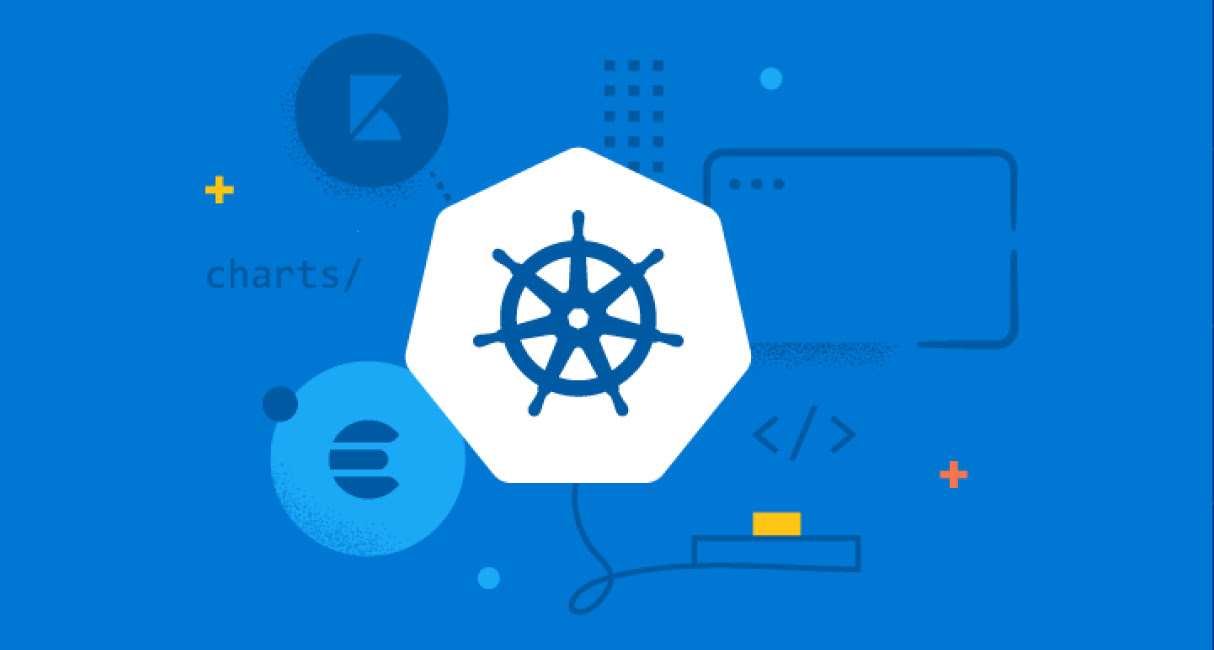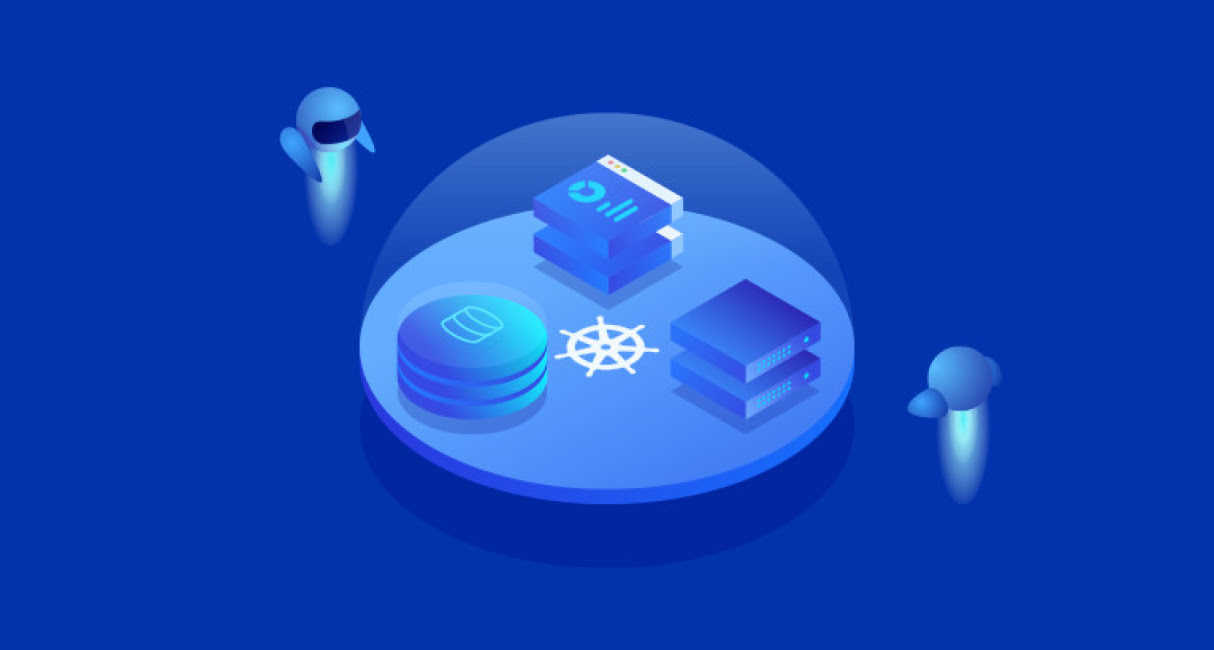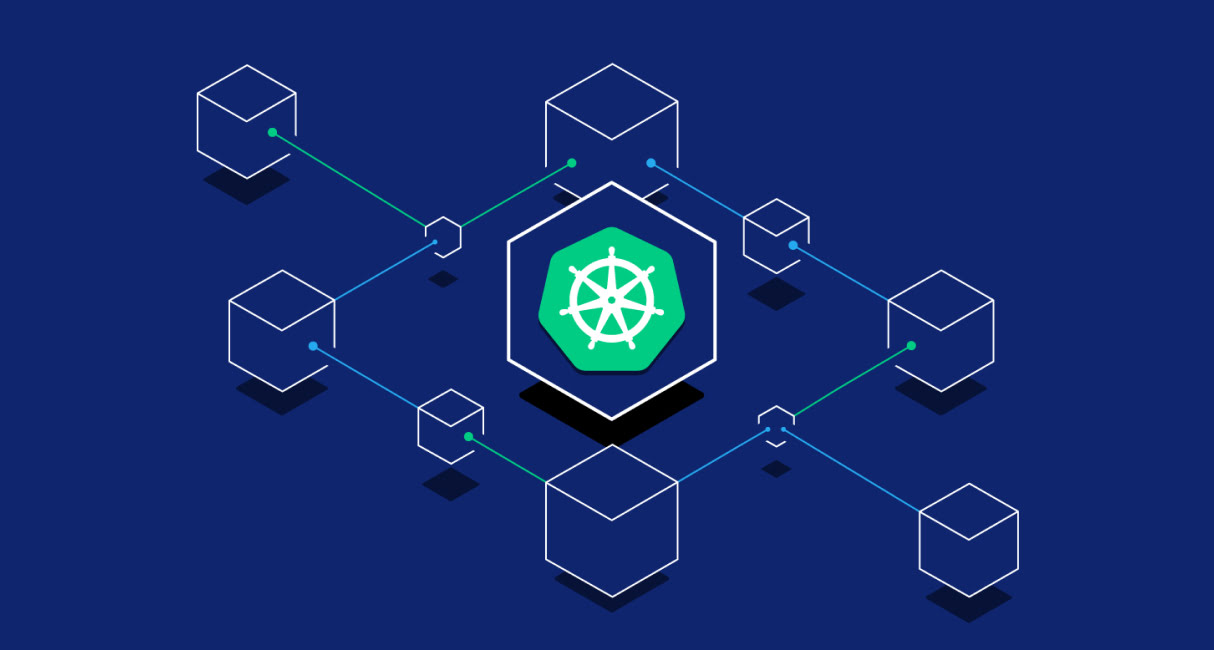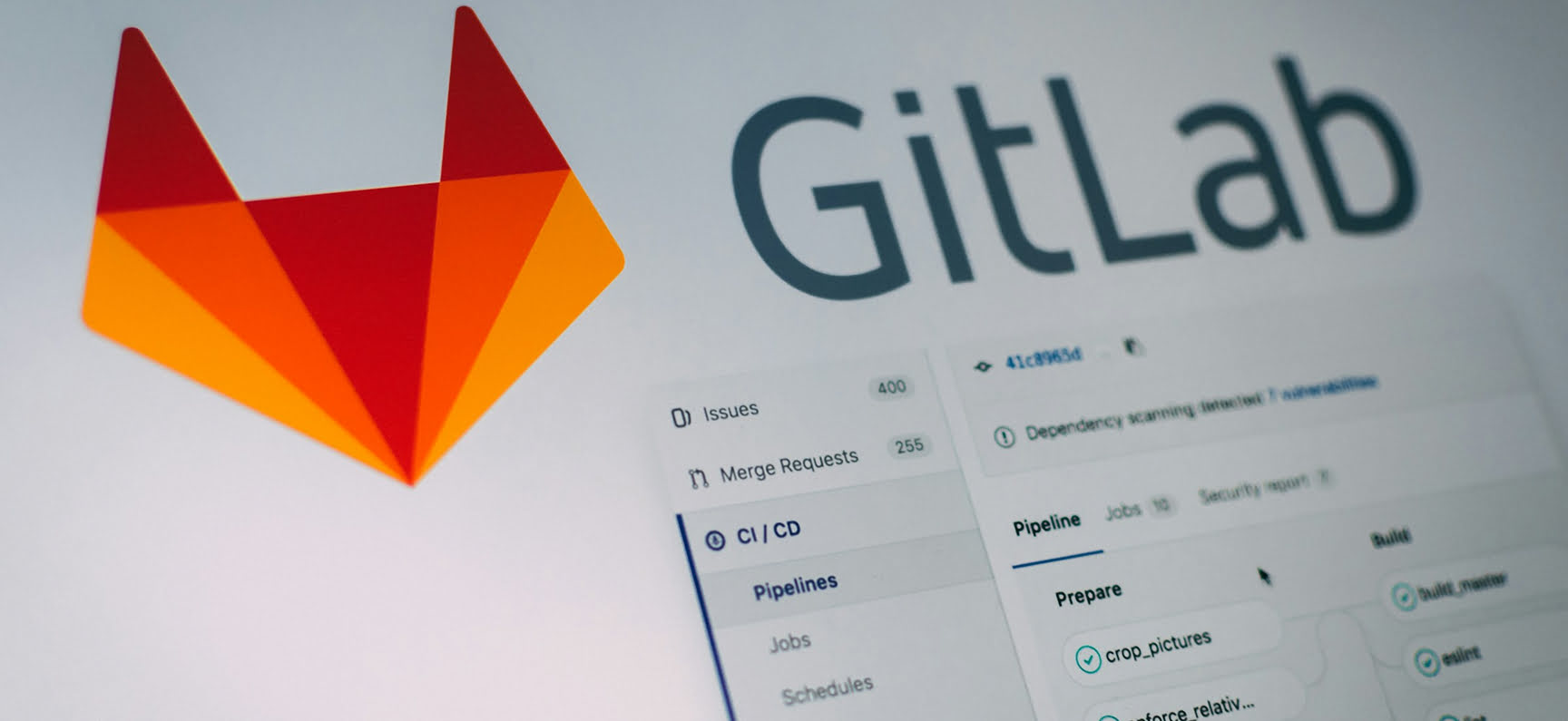When you hear “Kubernetes”, your first thought might be containers, orchestration, or maybe just “DevOps buzzword”, But here’s the deal – Kubernetes solve real business problems. It’s not just a tool for your dev team; it’s a strategy-level move that can drive cost savings, improve release velocity, and give your infrastructure the flexibility to scale with your business.
If you’re building modern applications or trying to untangle legacy systems, you need Kubernetes – not because it’s trendy, but because it fixes what’s broken in the way most companies deploy, manage, and scale software today. In this article, we’re digging into the problems that Kubernetes solves, why it matters, and how your team can benefit.
What is Kubernetes Really About?
Kubernetes is an open-source platform for automating the deployment, scaling, and management of containerized apps across a cluster of nodes. But in business terms? It’s the operating system for modern infrastructure. It lets you run applications reliably, no matter where they live: public cloud, private cloud, hybrid environments, or the edge.

The container orchestration platform brings order to chaos. It abstracts the infrastructure layer and gives your team a unified way to deploy, scale, monitor, and manage workloads – so you can focus on building products, not babysitting servers. If your team is juggling cloud platforms, dev environments, and inconsistent deployment practices, Kubernetes is needed to bring it all under control.
Why Businesses Are Moving to Kubernetes
The market’s already shifted. Cloud-native architecture isn’t a "next step" – it’s the new normal. Companies are adopting microservices, continuous delivery, and hybrid-cloud strategies to stay competitive. But managing that complexity without Kubernetes? That’s like running a racecar without a steering wheel.
And the numbers prove it: 86% of organizations are already running their cloud-native workloads across hybrid cloud environments, according to the 2024 Voice of Kubernetes Experts Report. Kubernetes has become the common thread holding these distributed systems together.

Here’s what’s driving adoption:
- The need for speed: faster deployments, testing, and feedback loops.
- The demand for flexibility: run anywhere, from AWS to Azure to your own hardware.
- The push for resilience: automated rollouts, self-healing infrastructure, and built-in scaling.
- The focus on cost control: Cost optimization features like bin-packing and autoscaling save serious cash.
In other words, we need Kubernetes not just to keep up with modern demands, but to get ahead of them.
The Problems Kubernetes Solves
Let’s talk about why Kubernetes matters – not in abstract terms, but in real-world, boots-on-the-ground business terms. This isn’t just a tool your developers are geeking out over. Kubernetes today solves the very issues that hold growing companies back: downtime during traffic spikes, ballooning cloud costs, messy deployments, and the constant scramble to keep environments in sync. If you’ve been dealing with unreliable scaling, infrastructure that’s more duct tape than system, or engineering teams losing time to manual fixes and broken pipelines, you’re not alone. These are the problems Kubernetes solves every day for businesses that are serious about building fast, staying lean, and scaling with confidence. Below, we break down each of these challenges and show how the container orchestration platform doesn’t just patch them – it replaces the old, brittle way of doing things with something built for speed, automation, and long-term growth.

1. Scaling Without the Stress
Scaling used to mean buying more servers and praying they didn’t go down when traffic spiked. Kubernetes throws that old model out the window. It automatically adds or removes containers based on resource usage or traffic demand, so your app always has what it needs without manual intervention.
This isn’t just a tech perk – it’s a business advantage. You’re not overpaying for unused resources during off-peak hours, and you’re not crashing during high-traffic events. That level of elasticity used to take a team of engineers and weeks of planning. Now? It’s baked in. Kubernetes solves scaling so you can grow without fear.
2. Infrastructure Complexity and Sprawl
You’ve got containers in one cloud, VMs in another, bare metal somewhere else, and your team’s drowning in YAML files and manual configs. Sound familiar?
One of the most painful problems solved by Kubernetes is this infrastructure sprawl. With Kubernetes, you manage everything through a single API, no matter where it runs. Whether you’re on AWS, Azure, Google Cloud, or on-prem, Kubernetes lets you orchestrate everything from one control plane. That’s powerful.
It simplifies ops, reduces human error, and makes onboarding new environments or regions a breeze. If your infrastructure feels more like a patchwork than a platform, you really need Kubernetes.
3. Inefficient Resource Usage and Cloud Spend
Let’s talk dollars. Cloud costs balloon fast when you’re overprovisioning for “just in case.” Most companies run workloads at 30–50% efficiency, and guess who eats the rest? Your budget.
Kubernetes includes autoscaling, bin-packing, and smart resource allocation so that you only use what you need, when you need it. It’s the foundation of Kubernetes cost optimization. With tools like VPA (Vertical Pod Autoscaler) and Cluster Autoscaler, you can right-size everything – from the smallest container to your entire node pool.
| Scenario | Traditional Setup | With Kubernetes |
| Traffic surge response | Overprovisioned VMs | Auto-scaled container pods |
| Resource allocation | Manual, static sizing | Dynamic bin-packing |
| Cost of underutilization | High | Significantly reduced |
| Resource rightsizing | Complex and time-consuming | Automated with VPA |
This isn’t just smart engineering. It’s financial strategy. Kubernetes helps you control spend without compromising performance.
4. Fragile, Manual Deployment Pipelines
Manual deployments are a gamble. One missed config and boom – production’s on fire. Kubernetes development flips the script with declarative configuration, health checks, rolling updates, and instant rollbacks.
You define what your infrastructure should be, and the container orchestration platform keeps it that way. And when does it detect something’s wrong? It heals itself automatically. That’s not just convenient – it’s peace of mind.
This is why modern DevOps services teams build CI/CD pipelines on top of the container orchestration platform. It’s stable, reliable, and built to scale – without burning out your engineers.
5. Vendor Lock-In and Lack of Portability
Committing to a single cloud provider might seem like the easiest path forward – until it’s not. Whether it's sudden price hikes, new compliance requirements, or just the need for better regional performance, being tied to one vendor can quickly go from convenient to limiting.
Kubernetes changes the game by decoupling your application workloads from the underlying infrastructure. Instead of rewriting your app every time you switch environments, the container orchestration platform gives you a consistent way to deploy and manage everything, whether you're running in a public cloud, private data center, or hybrid setup.
This portability gives your business real leverage. You’re not locked into one ecosystem or pricing model. You can migrate across providers, deploy to multiple clouds for redundancy, or move to edge locations to reduce latency – all without a massive engineering overhaul.
6. Siloed Teams and Inconsistent Environments
If your dev team is building in one environment, your QA team is testing in another, and ops is deploying to something entirely different – congrats, you’ve got a recipe for friction, finger-pointing, and failure.
Siloed teams and inconsistent environments are more than just annoying – they’re expensive. Bugs slip through the cracks. Deployments break. Hours are lost debugging differences between staging and production. And when every team is using different tooling or practices, collaboration slows to a crawl.
Kubernetes brings everyone onto the same page. It enforces consistency across environments by treating infrastructure as code – meaning your dev, test, and production setups can mirror each other with near-perfect fidelity. No more “it worked on my machine” moments.
7. Delays in Time-to-Market
Every day your feature sits in staging instead of production is a day your competitor could be getting ahead. Kubernetes accelerates delivery with isolated test environments, faster feedback loops, and seamless deployment patterns like blue-green and canary.
The result? You can ship smaller updates faster, with less risk. You stay agile. You iterate. And most importantly, you don’t keep your customers waiting.
When speed is a business advantage, you need this system to eliminate bottlenecks and streamline delivery.
When You Really Need Kubernetes
Let’s be clear – Kubernetes isn’t just for Silicon Valley tech giants. More and more businesses are realizing that as their systems grow, their old infrastructure playbook just doesn’t cut it anymore. The question isn’t if you’ll need Kubernetes, it’s when.
Here’s how to know it’s time to bring in the big guns:
-
Your architecture is moving toward microservices
Breaking up a monolithic application into smaller, independently deployable services can be a game-changer, but managing those services without orchestration quickly turns into a mess. That’s where the container orchestration platform steps in to keep everything running smoothly. -
You’re managing multiple environments or clouds
If your workloads span different providers, regions, or a mix of cloud and on-prem, you need a consistent way to deploy and manage them all. Kubernetes acts as a common layer, so your team doesn’t waste time learning or maintaining five different systems. -
You’re struggling to scale reliably
Traffic spikes shouldn’t mean late-night firefighting. Whether it’s flash sales, viral traffic, or seasonal demand, the container orchestration platform can automatically adjust your infrastructure to match the load, so your app stays fast and available without manual intervention. -
Your team is wasting time on repetitive ops work
When engineers spend their day babysitting servers, troubleshooting deployments, or manually configuring resources, they’re not building value. The container orchestration platform automates those tasks and lets your team focus on product, not plumbing. -
You want to ship faster and safer
Frequent releases used to mean high risk. Kubernetes makes them low risk, thanks to features like rolling updates, health checks, and instant rollbacks. That means fewer outages, faster delivery, and happier customers. -
Your infrastructure is becoming hard to manage
Growing companies often find themselves stuck with a patchwork of scripts, tools, and half-manual processes. The container orchestration platform brings structure, visibility, and control – all in one place.

If any of this sounds familiar, you’re not alone. Most teams hit this point eventually. The difference is whether you solve it early – or let it slow you down.
Kubernetes isn’t about being trendy. It’s about building a foundation your business can grow on – with confidence, control, and fewer sleepless nights.
How Artjoker Helps You Adopt Kubernetes With Confidence
We get it – Kubernetes is powerful, but rolling it out right takes experience. At Artjoker, we’ve helped businesses of all sizes unlock the full potential of the container orchestration platform with our end-to-end solutions and profound expertise.
Here’s how we can help:
- Architecture design tailored to your business model
- Production-grade Kubernetes deployment across cloud, on-prem, or hybrid
- CI/CD pipeline integration and observability setup
- Cost optimization strategies to reduce waste and improve efficiency
- Ongoing support, scaling, and performance tuning
You don’t just need the container orchestration platform – you need a partner who knows how to make it work for your business.
Conclusion
Let’s not sugarcoat it – Kubernetes is complex. It comes with a learning curve, and it’s not something you slap on overnight. But here’s the truth: it solves real, painful problems that hold growing companies back. And once it’s in place? It becomes the backbone of how you deliver software, manage infrastructure, and scale your business.
Kubernetes isn’t just another item in your tech stack. It’s a shift in how you operate. It’s about automation over manual tasks. Flexibility over lock-in. Speed over fragility. It forces clarity and consistency into your workflows. And when you're running modern applications at scale, that clarity is what separates companies that keep pace from those constantly playing catch-up.
So no, Kubernetes isn’t a silver bullet. But when implemented the right way, it’s one of the most powerful levers you can pull for long-term growth and resilience. It’s not just about running containers. It’s about running your business smarter.
If you’re ready to stop patching problems and start scaling with confidence, Artjoker is here to help. Let’s design the infrastructure that gets you where you’re going – faster, leaner, and future-proof. Reach out today, and let’s build something great together.
Similar articles
View allyour business
together
- PROJECT INQUIRIES info@artjoker.net
- CALL US +1 213 423 05 84
contact us:











